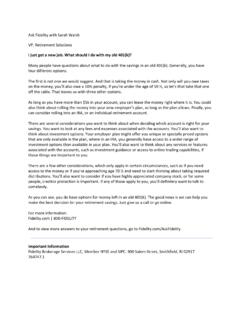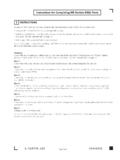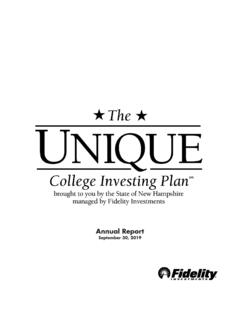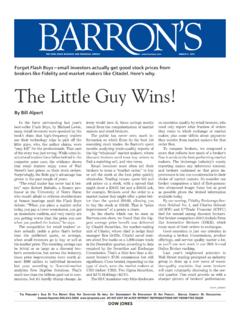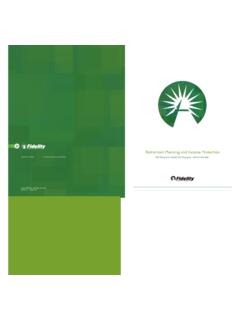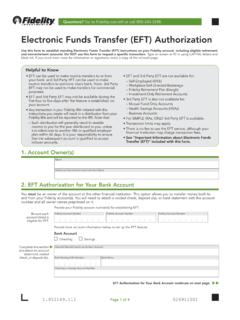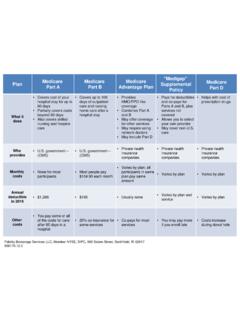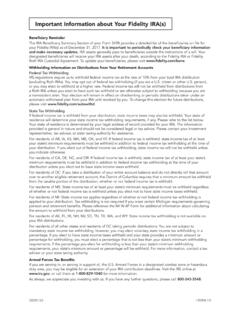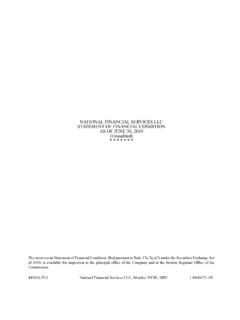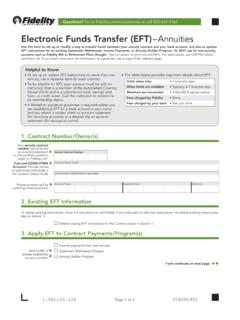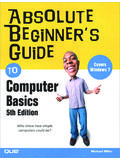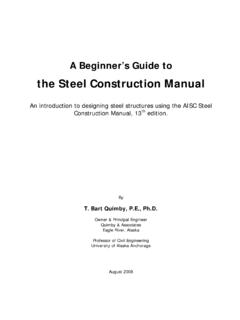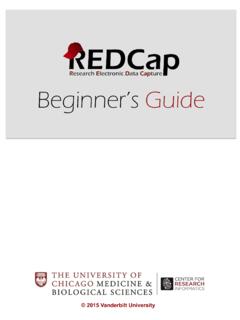Transcription of Fixed Income: A Beginner’s Guide - Fidelity Investments
1 1 1 Fixed income : A beginner s Guide Fidelity Brokerage Services, Member NYSE, SIPC, 900 Salem Street, Smithfield, RI 02917. 2016 FMR LLC. All rights reserved. 2 Agenda What is Fixed income ? Key terms and definitions Differences between bonds and bond mutual funds Why Fixed income ? Next steps Online demo 3 3 What is Fixed income ? Fixed income is the world s largest asset class. With an estimated value of over $200T globally, it is almost three times the size of combined global equity market valuation*. Examples of Fixed income securities include various bond types as well as Investments that hold bond collections, such as bond mutual funds and bond ETFs.
2 Bonds essentially represent a loan that has been turned into a security which can be traded. A government or corporation borrows money from investors and issues bonds in return. The bonds represent a commitment by the issuer to repay the amount back at some point in the future, usually with interest. Where can I learn more? Research > Learning Center > Fixed income , Bonds & CDs > An Introduction to the Fixed income Market * Source: 2015 Deutsche Bank, McKinsey Global Institute, Haver, BIS 4 4 Let s start with individual bonds .. A bond is essentially a loan that an investor makes to the bonds issuer.
3 Issuers can be: Federal government (as in the case of Treasury bonds) Local government (municipal bonds issued by states or towns) Government-sponsored enterprises (like Fannie Mae) Companies (corporate bonds, both domestic and international) A bond issuer offers investors a rate of return in exchange for their initial investment . Bond investors compare the potential for gain with the risk that the issuers will not pay them back at the level described in the bond s terms of contract. Where can I learn more? Research > Learning Center > Fixed income , Bonds & CDs > An Introduction to the Fixed income Market > What is a bond?
4 5 5 Key terms for familiarizing yourself with Fixed income and bonds Duration Coupon Credit Risk Maturity Yield Price 6 6 Fixed income & bond terms Coupon The interest rate a bond's issuer promises to pay to the bondholder until maturity, or other redemption event. It is expressed as an annual percentage of the bond's face value. Example: A bond with a 5% coupon will pay $50 per $1000 of the bond's face value, per year. Note: An exception is a zero-coupon bond bought at a discount and pays principal at maturity. which has no coupon, is generally bought at a discount and pays principal at maturity.
5 7 7 Fixed income & bond terms Maturity The date on which the principal amount of a Fixed - income security is scheduled to become due and payable, typically along with any final coupon payment. Maturity Date 8 Fixed income & bond terms Price Bond investors have two key price concepts to consider: Market Price: The currently quoted bond price. There will be a price that the buyer can purchase at Ask Price , and usually a price at which they can sell at Bid Price . Par Value: The stated value of a bond-typically $1,000, also known as face value.
6 Bonds are usually issued and mature at par ( : at maturity the bond holder receives $1,000). Bond prices are quoted as a percentage of par: The par value of $1000 is quoted as . Market prices vary around that so a bond with an Ask Price of is asking the investor to pay: 99% of $1,000 = $990 . Example: You buy 20 bonds. The face value is $20,000. At three points in time, the market price changes from 97, to 95, to 102. In Dollar terms the bonds are valued at 97%* $20K = $19,400; 95% * $20K = $19,000; etc. 9 Fixed income & bond terms Yield The anticipated return on an investment , expressed as an annual percentage.
7 It takes into account the purchase price, the anticipated coupons or cash flows over its life, and the return of principal when the bond matures or is redeemed Example: A 3% yield means the investment averages a 3% return each year. A bond s yield is inversely related to its price as the price moves up, the quoted yield of the bond moves down. Price Yield Price Yield 10 10 Closer look at Yield: Par bond cash flow Purchase a 3-year bond at par ($1,000) with an annualized coupon of Coupon is paid semi-annually. Annual cash flow = $1,000 X Coupon = $52.
8 Coupon payment = $52 / 2 = $26. After 3 years, the bond matures and you receive $1,000 principal with the final coupon. The Yield would also be , assuming you hold the bond over the three-year period and receive all the coupons. = $ payment (paid 2xs/year) $1000 $1000 Hypothetical example for illustrative purposes only. Yr. 1 Yr. 2 Yr. 3 Bond Cash Flows 11 11 Fixed income & bond terms Credit Risk Refers to the possibility that the issuing company or government entity will default and be unable to pay back investors principal or make interest payments.
9 When an issuer defaults investors do not receive their expected yield A bond s degree of credit risk is summarized in credit ratings assigned by agencies such as Moody s and S&P. Examples of some AA-rated corporate bonds*: *Source: For illustrative purposes only. 12 12 Fixed income & bond terms Duration Duration measures how sensitive a bond s price is to changes in the level of market interest rates. Example: If interest rates were to rise 1%, a bond with a 5-year average duration would likely lose approximately 5% of its value. If the duration of a bond was 10 then the same 1% rise in interest rates would cause it to lose approximately 10% of its value.
10 -10%-5%0%Bond A with a Duration of5 Bond B with a Duration of10 Price Drop Estimate based on 1% increase in interest rates 13 13 Moving beyond individual bonds to bond mutual funds Bond mutual funds Invest your money into a pool with other investors. A professional invests that pool of money according to what he or she thinks the best opportunities are and in accordance with the fund s stated investment goals. Easier way to achieve diversification even with a small investment . income payments are made monthly, and reflect the mix of all the different bonds in the fund and the payment schedule of each.
